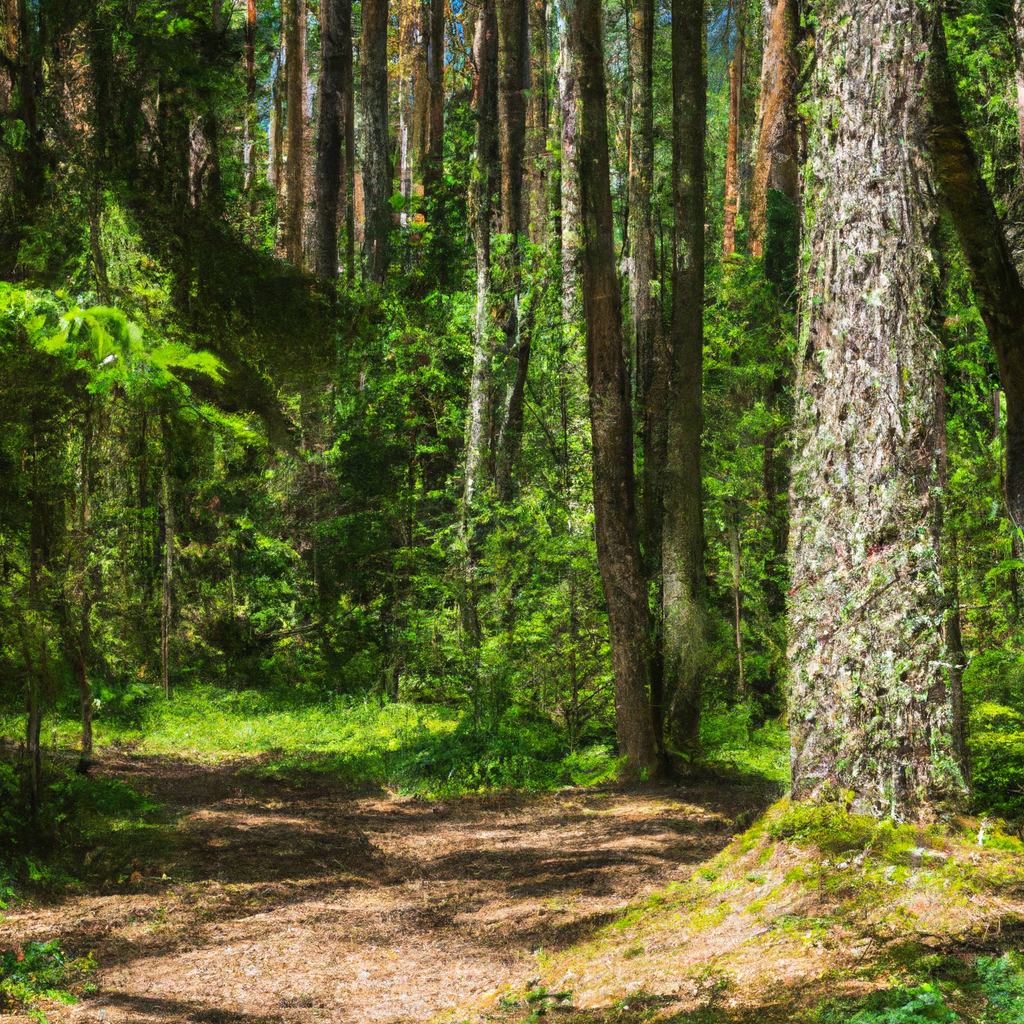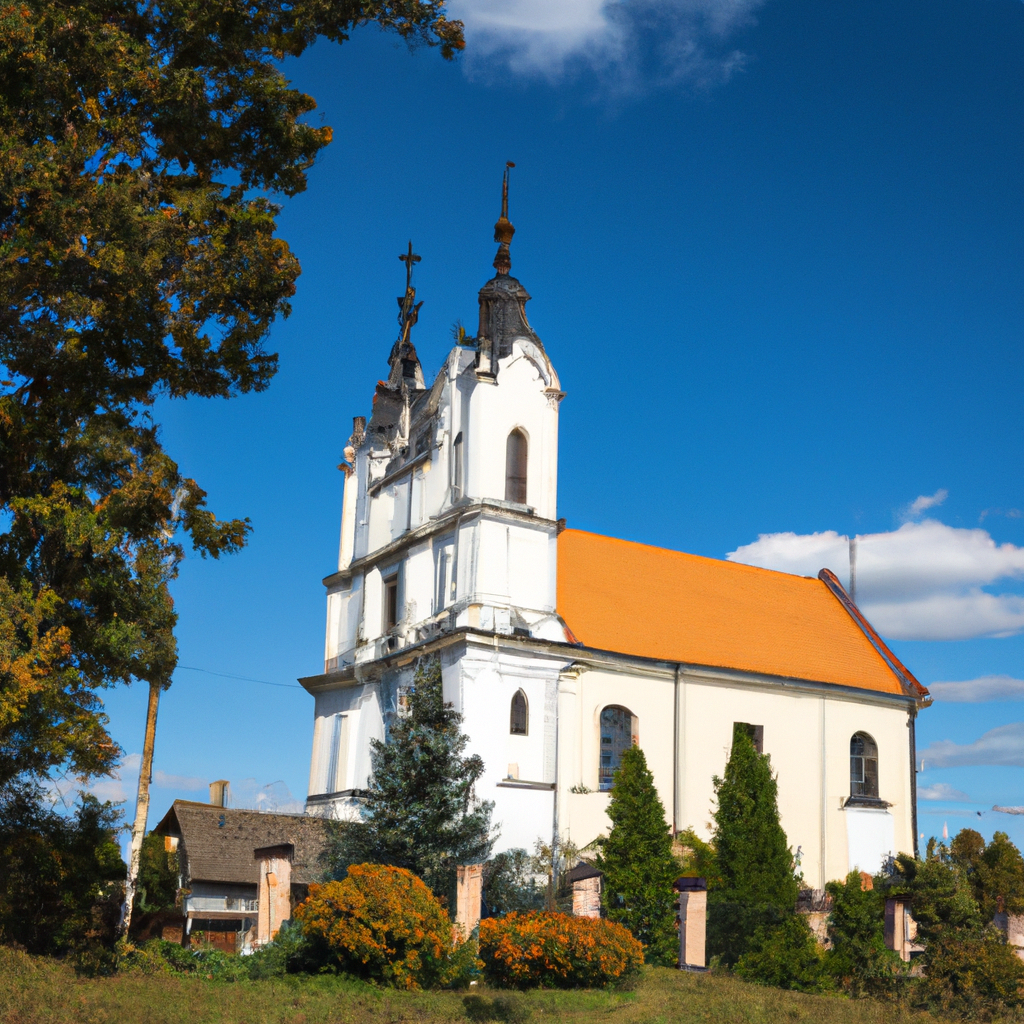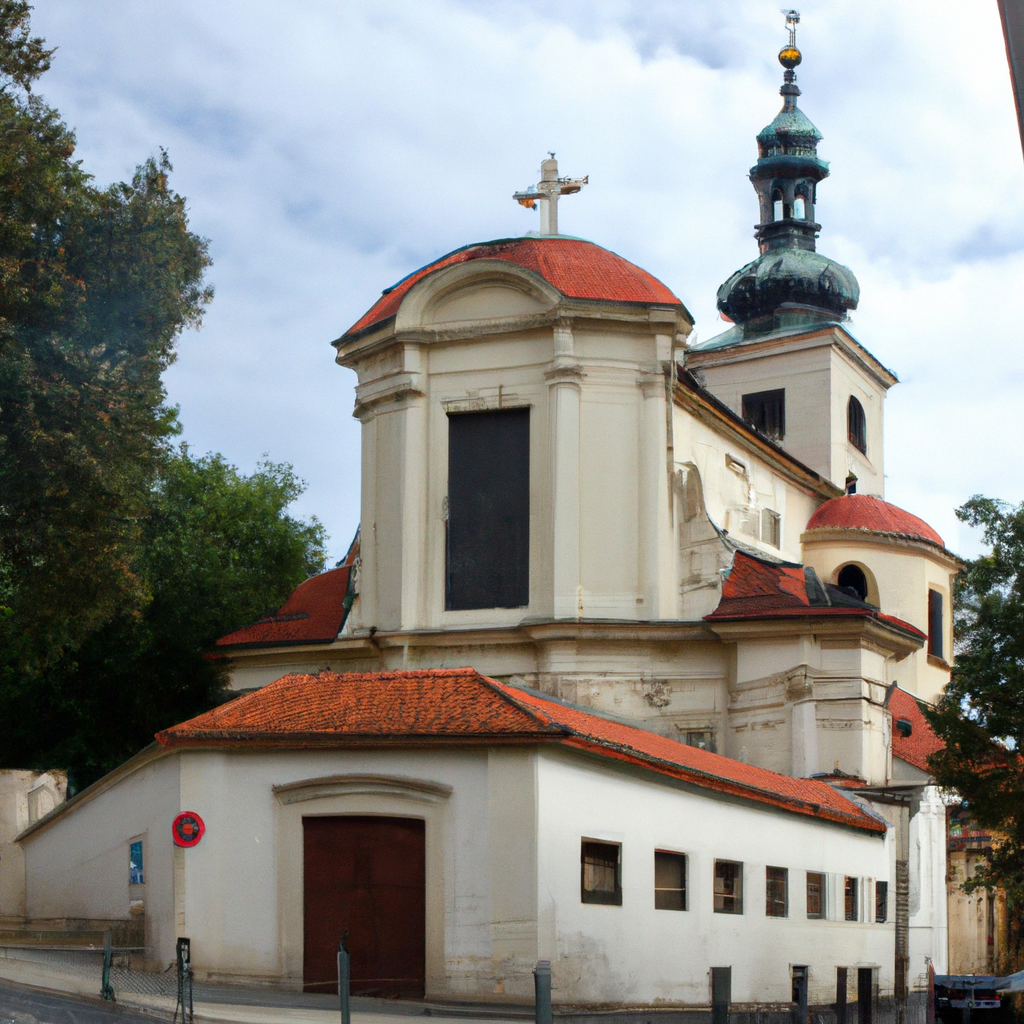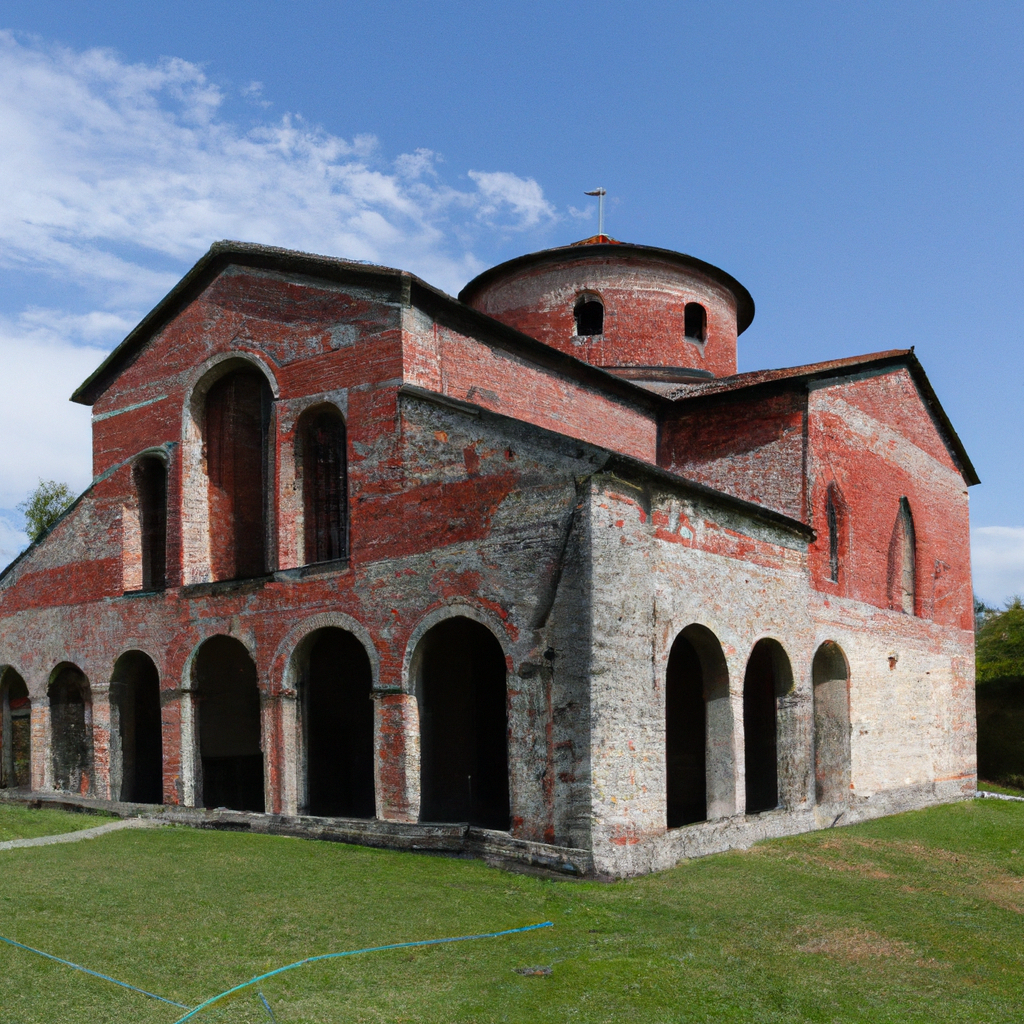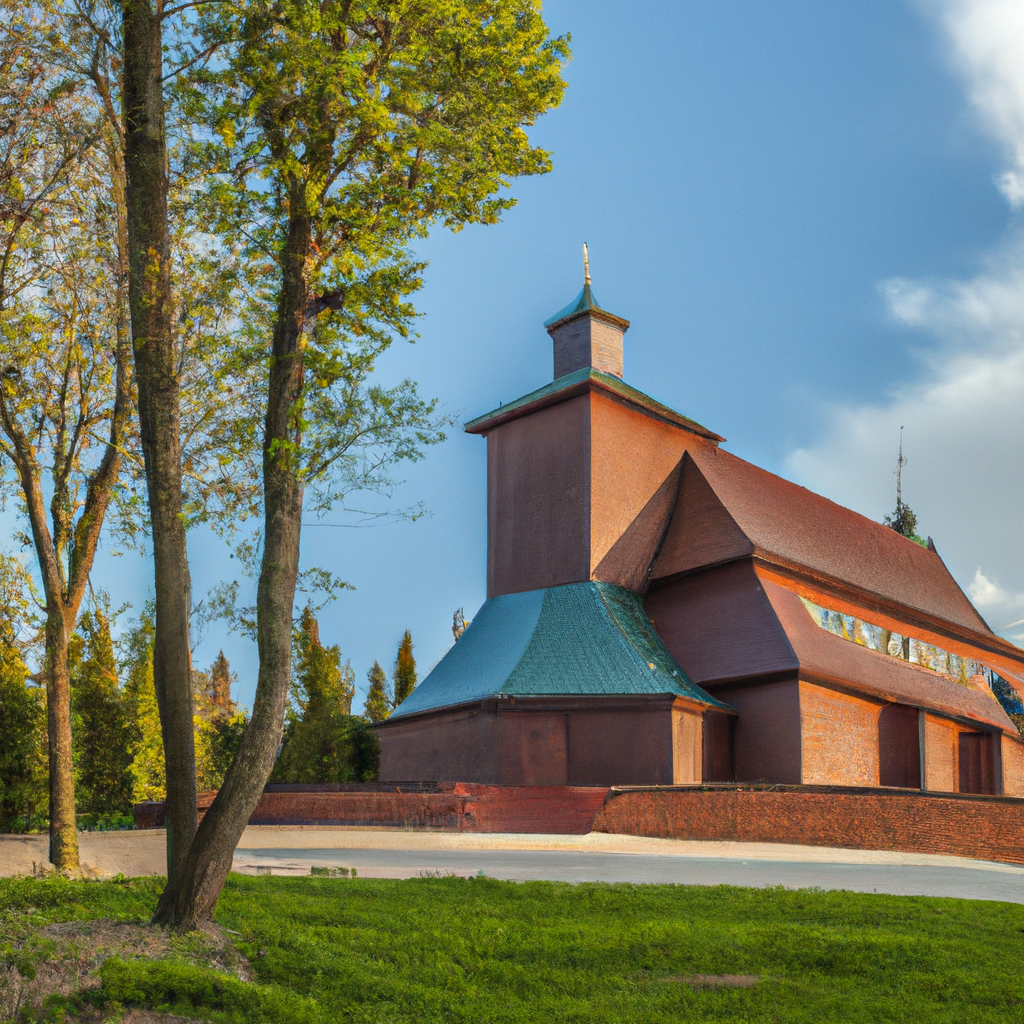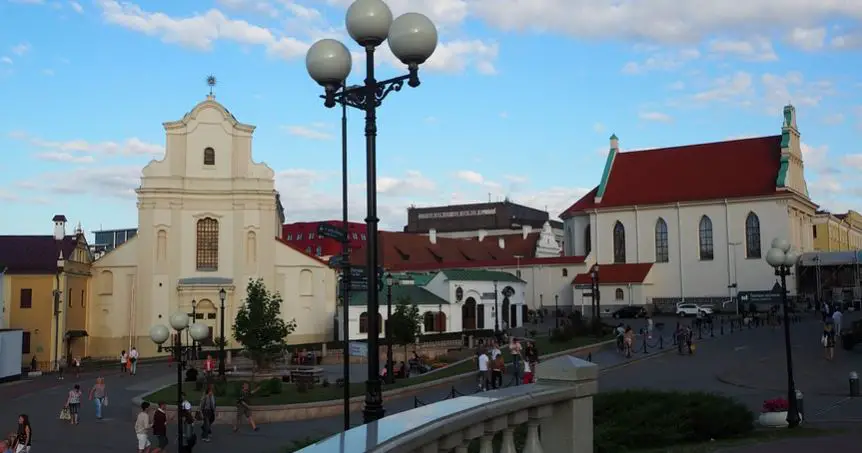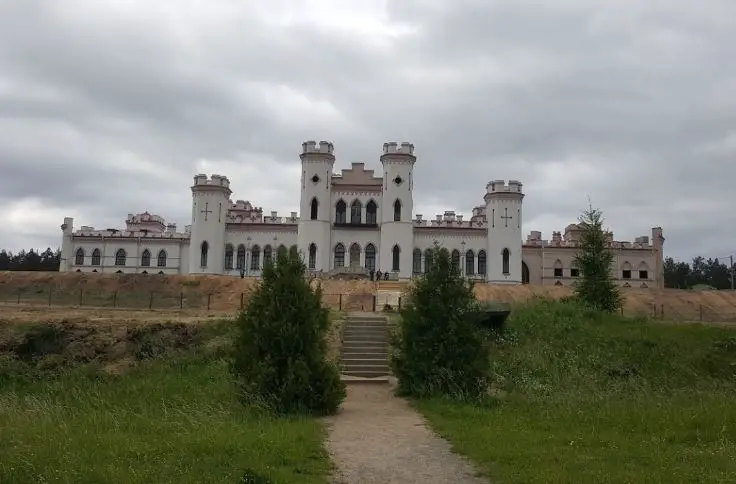Belovezhskaya Pushcha National Park, Kamenyuki In Belarus: Overview,Prominent Features,History,Interesting facts
Overview:
Belovezhskaya Pushcha National Park, located in the northwest of Belarus, is one of the oldest and largest remaining parts of the immense primeval forest that once stretched across the European Plain. This forest is home to unique animal and plant life; especially the European Bison, which was saved from extinction and has been reintroduced here. In 1992, Belovezhskaya Pushcha was declared a World Heritage Site by UNESCO and it has since played a prominent role in preserving and promoting the natural heritage of Belarus. It is one of the most beautiful monuments in Belarus
Prominent Features:
Belovezhskaya Pushcha National Park is located in the Brest region of Belarus and is one of the oldest and most ecologically valuable protected areas in Central and Eastern Europe. The park is home to one of the largest remaining old-growth forests in Europe, and as well as being of high ecological value, it is also an important site for cultural and historical values. The park covers approximately 90,000 hectares and is divided into three main parts - the main reserve, the protective zone and the hunting area. It is home to a total of more than 7,500 species of plants, animals and fungi, including an array of endangered and protected species. One of its most important species is the European bison, which can be found in the nature reserve, and which is a symbol of the park. There is plenty to see and do in Belovezhskaya Pushcha National Park. Those interested in exploring the park’s rich biodiversity can take part in educational tours and nature walks. There are also trails to explore for visitors interested in trekking and biking. For something truly unique, a visit to the Kamenyuki animal orphanage is highly recommended. This is a special place where injured and abandoned animals, such as foxes, wolves and lynxes, are cared for, giving visitors the chance to see these fascinating creatures up-close. You can learn history, culture, and heritage through these magnificent monuments in Belarus.
History:
Belovezhskaya Pushcha National Park (Belarusian: Белавежская пушча; Russian: Беловежская пуща) is one of the oldest and largest forests in Europe, located in the Brest region in Belarus near the borders of Poland and Ukraine. The area was declared a national park in 1989, and is now part of Natura 2000, a European network of protected areas. The origins of Belovezhskaya Pushcha can be traced back to the 6th century, when the area was a base of operations for the Khazar Empire. This period saw a strong presence of Jewish, Iranian, and Armenians, and other multi-cultural populations, living together in the area, and contributing to its rich cultural history. In 1385, a young Polish knight, Władysław Jagiełło, acquired the rights to the forest from the Belarusian National Sejm. His grandson King Sigismund I of Poland issued an edict in 1503 declaring Belovezhskaya Pushcha a hunting area, and in 1567, King Sigismund established the Royal Belovezhsky Forest Reserve. By the early 17th century, the forest was under the control of the Saxon Order of Knights and the Russian Tsars. In 1793, Belovezhskaya Pushcha and the area now known as Kamenyuki were assigned to the newly-formed Grodno Province of the Russian Empire. In 1812, the Russian Tsar established a game reserve for royal hunting in this area. In 1869, Dmitriy Zaton, a land surveyor and forestry specialist, began conserving and managing the forest. He set up hunting committees to preserve the forests and restricted hunting by royalty until it could regenerate. In 1921, Belovezhskaya Pushcha was annexed by the Soviet Union. Under the Soviet Union, Belovezhskaya Pushcha was turned into a game reserve for the reindeer, elk, and other animals to escape danger and overhunting. In 1979, the Soviet Union declared the forest a UNESCO World Heritage Site and a Biosphere Reserve, further securing its status as a protected area. Today, more than 4,000 species of plants and animals inhabit the area, including many rare species, such as the European bison. Belovezhskaya Pushcha is also home to the oldest living oak tree in the world – dubbed “The Rzepka”, a nearly 1000-year-old tree. The park also contains many historic monuments, castles, and churches. Around Kamenyuki, one will find many trails for horseback-riding, biking, and hiking which explore the various parts of the park and demonstrate its grandeur and beauty. The area has also recently become home to a few eco-tourist accommodations and activities for visitors. Visit one of the famous monuments of Belarus with your friends and family.
Interesting facts:
1. Belovezhskaya Pushcha National Park is the largest surviving primeval forest in Europe and was declared a UNESCO World Heritage Site in 1992. 2. The park has impressive biodiversity, containing more than 13,000 species of vascular plants, 51 species of mammals, 253 species of birds, 25 species of fish, 30 species of reptiles and 6 species of amphibians. 3. The park is home to many important species, such as the European bison, and also serves as a migration stopover for hundreds of species of birds. 4. The largest settlement within the park boundary, Kamenyuki, was formed in 1510 as a hunting lodge of the dukes of Lithuania. 5. The park's famous residence, a 600-year-old pine tree, is the oldest living organism in Belarus and is rumoured to be more than 1,000 years old! One of the historical monuments of Belarus, it tells the story of a bygone era
Explore Belarus most popular tourist destination with us. Belovezhskaya Pushcha National Park, Kamenyuki In Belarus: Overview,Prominent Features,History,Interesting facts,which is 35.14 km away from Belarus main town, is the most popular destination to add in your travel wishlist.
-
City:
Belarus
-
state:
Belovezhskaya Pushcha National Park
-
country:
Belarus
-
country code:
BY
-
postcode:
222450
Location:
Belovezhskaya Pushcha National Park Belarus
